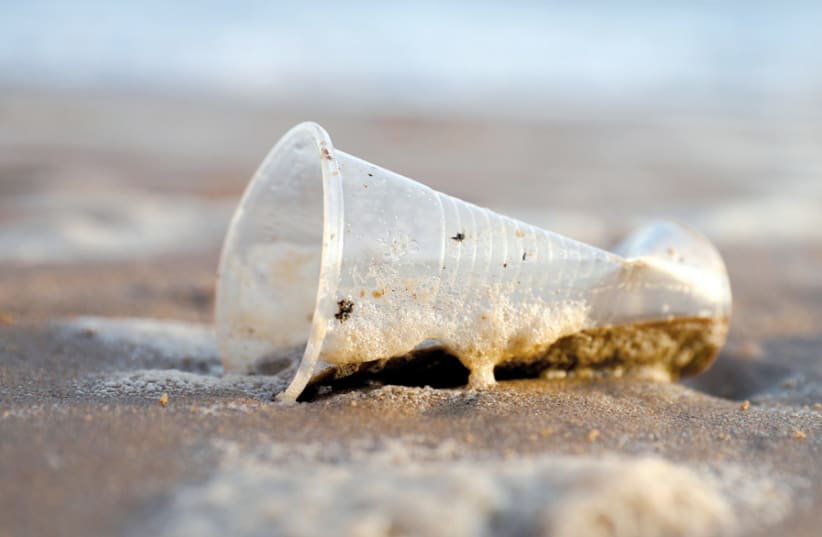Cambridge scientists have recently discovered a plastic eating bug that can break down the mass-produced and hard to break down plastic polyurethane. The bug was found at a plastic waste dumping site, The Guardian reports, and not only breaks down the plastic, but eats it, fueling the breakdown process.
Reports of scientists finding bacterial bugs, enzymes, or even caterpillars that eat or break down plastic have been heard of before – so what makes this one different?
Polyurethane is a versatile and flexible plastic, usually found in products with foam-like materials such as shoes, furniture, cushions and baby diapers. Millions of tons of it are produced every year, according to The Guardian, but since it is too hard of a plastic to recycle, it is usually dumped into landfills.
When it breaks down, it produces a carcinogenic chemical that is too toxic for regular bacteria to eat – but the newly discovered strain can handle it.
"This work from the Helmholtz Center is an exciting first step in being able to manage waste from a type of plastic which is almost impossible to recycle," says Dr. James Hallinan of Cambridge Consultants.
Cambridge Consultants has active research and development teams investigating the potential of novel enzymes to address the global challenge of plastic waste.While finding the bug is a major step in the overall process, much more work has yet to be done before any real progress can be made. It could be upwards of ten years before the bug can be implemented on kind of large-scale level, The Guardian reports.
"To fully capture the potential benefits, more work around scaling up production and deploying the bacteria will be essential, which in turn will need developments in engineering and processing," Hallinan said.
Another challenge lies in the ability to separate out the polyurethane from other plastics. Hallinan offers an example of how the plastic is mixed in with other materials. "Think here of the spongy part of your running shoes between the hard rubber treads and the fabric uppers."
Similar approaches are already successfully using bacteria that digest another plastic known as PET, which is most easily found in everything from plastic water bottles to fabrics and car parts. Hallinan says this means that, "there is a real chance that this new discovery could play an important part in solving the challenge of plastic waste."
